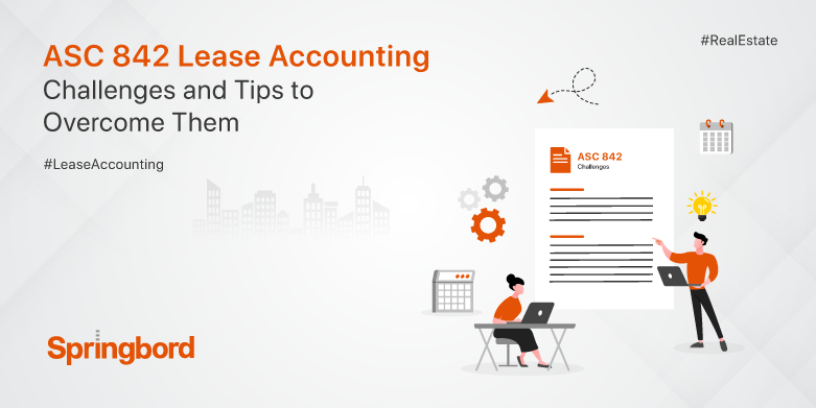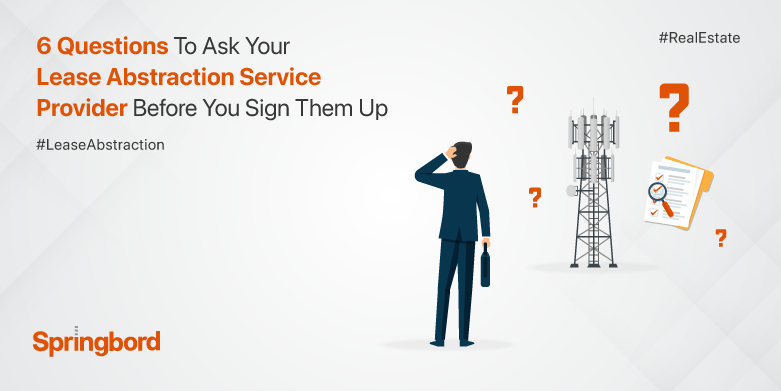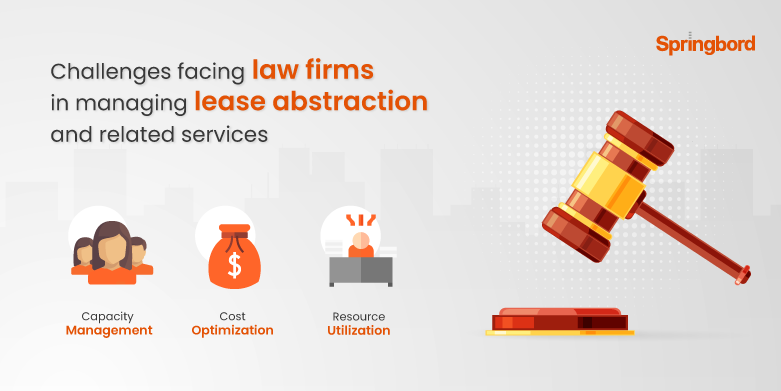 Read time 3 min
Read time 3 minWhen Financial Accounting Standards Board published its updates to the lease accounting standard, its main objective was to improve the clarity of financial reporting. But, it involves a number of complex decisions to attain compliance successfully. You need to ensure that you get adequate time and resources to get the job done. Many companies have undergone this process. With the right insights into common possible barriers, you can easily navigate through the process and taste success. This blog walks you through the top 4 common lease accounting challenges faced by companies and also shares tips to solve them.
Centralization of lease information
The most important step in the transition to ASC 842 is to identify all leases of the company and enter the relevant information in one central location. Initially, you need to start by collecting each lease within your firm, including contract leases such as an embedded lease. This requires meticulous analysis and extensive collaboration with various divisions or units to make sure all leases are included. Considered a daunting and time-consuming task, it is imperative to provide your firm with sufficient time to complete this step.
Once all the leases have been collected, the next step is to save all crucial leases in one common location. By doing so, you can gain access to all your leases at any time. This step often holds a high magnitude of arduous work. Abstracting lease data from contracts is a herculean task, and you will have to do it for every lease, and any time your organization inks new leases or alters existing leases. Based on the size of your firm and availability of resources, you can either execute this work in-house or with third-party agencies.
Identifying the right tools and technologies
Lease accounting technology is integral in smoothly transitioning your lease accounting and significantly impacts ASC 842 compliance. Though there are many solutions available, only a few will provide you with the tools that ensure the accuracy of your firm’s lease information. So, if you are on a quest for the right system, don’t just look for a solution that takes care of accounting calculations alone. Rather, ensure it also facilitates ongoing, long-term compliance by correctly tracking lease updates.
Invest in a tool that can easily integrate into third-party applications, precisely track and manage lease information, and get the latest software updates. Consider the long-term usage of the lease accounting software and purchase an efficient tool that delivers as promised.
Making informed decisions
Transitioning to ASC 842 poses innumerable challenges to companies that affect the entire lease accounting process and reports. When transitioning to the new standard, you can choose between 2 approaches to apply the ASC 842 guidance. Evaluating the discount rate can be one of the demanding tasks. Because the discount rate creates a significant impact on the balance sheet and firms need to be cautious when computing it. Another challenging decision to make is on payments and allocation. Renewal periods and termination periods affect the length of liability in financial reports. So, companies are in a position to decide whether or not to consider them while calculating lease liability.
While deciding policy elections, it is crucial to take into account the active policies and lease contract types. And, when it comes to disclosure requirements, companies are asked for more than the minimum reports that are listed in the guidelines. In order to facilitate transition accounting and general lease accounting, FASB grants a few practical expedients.
Fulfilling auditing, risk management, and tax accounting needs
When implementing ASC 842, many companies face challenges in liaising with auditing, risk management, and tax functions. Auditing is a new standard, and the guidelines are pretty versatile, meaning there are areas open to interpretation. To make better decisions, it is wise to meet your auditor during the initial phase of the adoption process.
An effective risk management system should have an interaction between lease accounting and administration. This ensures that the payments are made on time, and the financial records are accurate. You might be aware that tax accounting is much different from financial accounting. An integral component of lease accounting is deferred taxes. So, ensure that the deferred taxes are considered by the general ledger and lease accounting system.
Conclusion
Adopting ASC 842 lease accounting throws quite a lot of challenges. However, there are many solutions available in place to effectively overcome them and achieve success. Equipping yourself with apposite information can help you attain lease accounting compliance. There are many outsourcing agencies in the market that can help you tackle these challenges. Springbord is one of the trusted partners who can help save lease costs and mitigate losses for your business.







